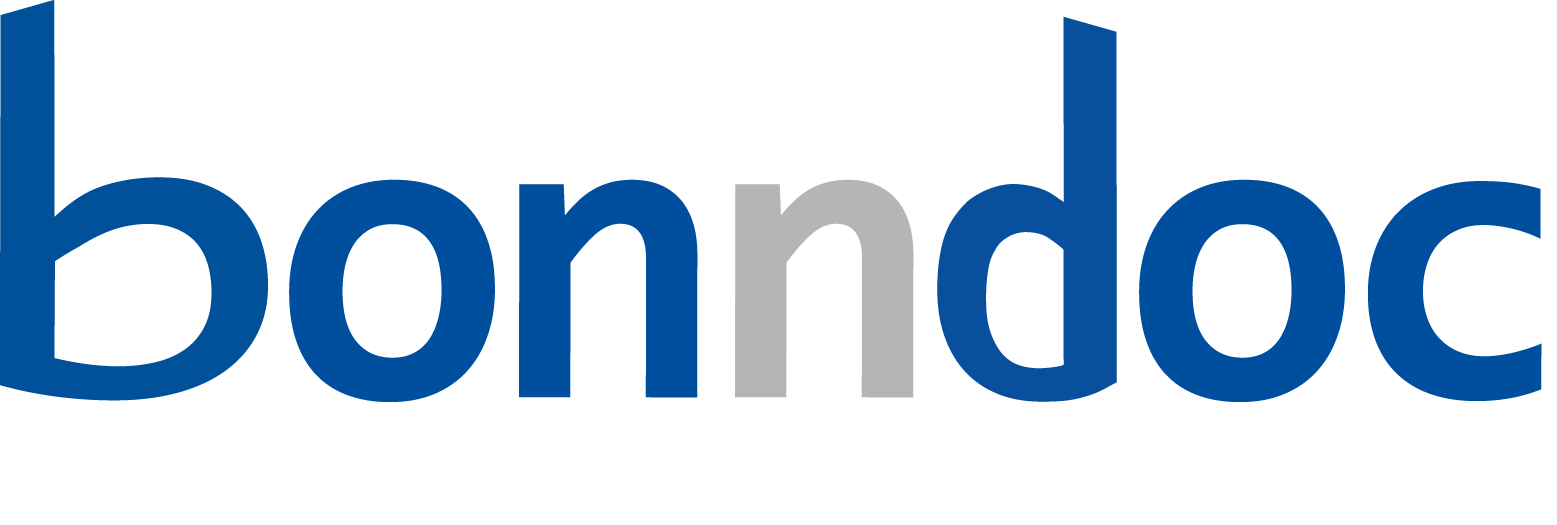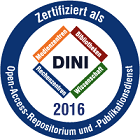Theis, Maike: Investigation of deep learning approaches for automated analysis in radiological cross-sectional imaging. - Bonn, 2025. - Dissertation, Rheinische Friedrich-Wilhelms-Universität Bonn.
Online-Ausgabe in bonndoc: https://nbn-resolving.org/urn:nbn:de:hbz:5-81967
Online-Ausgabe in bonndoc: https://nbn-resolving.org/urn:nbn:de:hbz:5-81967
@phdthesis{handle:20.500.11811/12950,
urn: https://nbn-resolving.org/urn:nbn:de:hbz:5-81967,
author = {{Maike Theis}},
title = {Investigation of deep learning approaches for automated analysis in radiological cross-sectional imaging},
school = {Rheinische Friedrich-Wilhelms-Universität Bonn},
year = 2025,
month = mar,
note = {Artificial intelligence (AI)-based methods are nowadays an integral part of medical research and are also applied in radiology, for example, for the automation of quantitative image analysis. Automated evaluation tools are of particular interest in the analysis of radiological images, as quantitative assessment usually requires the segmentation of specific organs and tissues, making manual analysis very time-consuming and therefore difficult to integrate into everyday clinical practice. Moreover, automatic analysis facilitates large-scale assessment and an opportunistic application, which may contribute to the identification of biomarkers that provide new insights into different pathologies. This thesis focuses on the development of deep learning (DL) methods in radiological cross-sectional imaging and presents three studies dealing with the automation of quantitative measurements.
The first study investigates a DL approach for targeted analysis of uterine volume in T2-weighted MRI scans from patients with leiomyomas by automatically segmenting uterine tissue. This method enables monitoring uterine volume before and after high-intensity focused ultrasound (HIFU) treatment to assess the response to therapy. In the second work, a dual-center study is conducted to develop an automatic assessment of body composition based on CT scans. Body composition is performed on 2D abdominal slices at L3/L4 lumbar level, which is why automatic slice extraction is also investigated in the pipeline next to tissue segmentation. Additionally, quality control methods are integrated to ensure fully automatic application in the clinical routine. Lastly, a DL model is developed that directly predicts the survival of patients undergoing transcatheter aortic valve replacement (TAVR) based on quantitative image features extracted from abdominal CT slices.
This thesis provides insight into the achievable robustness of DL models for both automatic tissue segmentation and direct image-based outcome analysis. To this end, several techniques for efficient AI training are employed, such as data augmentation or pre-training strategies. The successfully automated quantitative analyses enable application in a large-scale setting as well as opportunistic analyses for further investigation of quantitative imaging markers in future studies.},
url = {https://hdl.handle.net/20.500.11811/12950}
}
urn: https://nbn-resolving.org/urn:nbn:de:hbz:5-81967,
author = {{Maike Theis}},
title = {Investigation of deep learning approaches for automated analysis in radiological cross-sectional imaging},
school = {Rheinische Friedrich-Wilhelms-Universität Bonn},
year = 2025,
month = mar,
note = {Artificial intelligence (AI)-based methods are nowadays an integral part of medical research and are also applied in radiology, for example, for the automation of quantitative image analysis. Automated evaluation tools are of particular interest in the analysis of radiological images, as quantitative assessment usually requires the segmentation of specific organs and tissues, making manual analysis very time-consuming and therefore difficult to integrate into everyday clinical practice. Moreover, automatic analysis facilitates large-scale assessment and an opportunistic application, which may contribute to the identification of biomarkers that provide new insights into different pathologies. This thesis focuses on the development of deep learning (DL) methods in radiological cross-sectional imaging and presents three studies dealing with the automation of quantitative measurements.
The first study investigates a DL approach for targeted analysis of uterine volume in T2-weighted MRI scans from patients with leiomyomas by automatically segmenting uterine tissue. This method enables monitoring uterine volume before and after high-intensity focused ultrasound (HIFU) treatment to assess the response to therapy. In the second work, a dual-center study is conducted to develop an automatic assessment of body composition based on CT scans. Body composition is performed on 2D abdominal slices at L3/L4 lumbar level, which is why automatic slice extraction is also investigated in the pipeline next to tissue segmentation. Additionally, quality control methods are integrated to ensure fully automatic application in the clinical routine. Lastly, a DL model is developed that directly predicts the survival of patients undergoing transcatheter aortic valve replacement (TAVR) based on quantitative image features extracted from abdominal CT slices.
This thesis provides insight into the achievable robustness of DL models for both automatic tissue segmentation and direct image-based outcome analysis. To this end, several techniques for efficient AI training are employed, such as data augmentation or pre-training strategies. The successfully automated quantitative analyses enable application in a large-scale setting as well as opportunistic analyses for further investigation of quantitative imaging markers in future studies.},
url = {https://hdl.handle.net/20.500.11811/12950}
}






